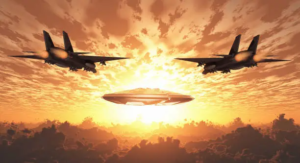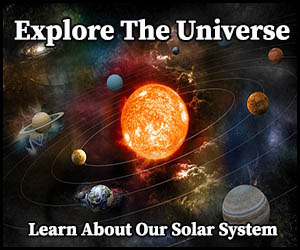Thorne-Żytkow objects (TZO) represent a unique and rare class of stars in the field of astrophysics. These intriguing celestial bodies challenge our understanding of stellar evolution and offer insights into the complex interactions between different types of stars. This article will explore the theoretical basis of TZOs, their discovery, and their significance in our understanding of the cosmos.
The Theoretical Foundation of Thorne-Żytkow Objects
The concept of Thorne-Żytkow objects was first proposed in 1975 by physicist Kip Thorne and astronomer Anna Żytkow. They hypothesized the existence of a hybrid star formed through the interaction of a neutron star and a red supergiant. In this scenario, the neutron star, which is the dense remnant of a supernova explosion, becomes engulfed by the outer layers of the red supergiant, creating a unique and exotic stellar object.
The merger of a neutron star and a red supergiant would result in an object that shares characteristics of both progenitor stars. The TZO would have an outer envelope resembling a red supergiant, but its core would consist of the highly compressed neutron star material. This unusual composition would give rise to distinct chemical and physical properties not observed in ordinary stars.
Discovery of Thorne-Żytkow Objects
For decades, Thorne-Żytkow objects remained a purely theoretical concept, with no confirmed observations. However, in 2014, a team of astronomers led by Emily Levesque announced the discovery of a candidate TZO named HV 2112, located in the Small Magellanic Cloud, a neighboring galaxy to the Milky Way. The team identified unusual chemical signatures in the star’s spectrum, which were consistent with the theoretical predictions for a TZO.
While the discovery of HV 2112 has provided strong evidence for the existence of TZOs, further observations and studies are necessary to confirm its status definitively. The search for additional TZOs continues, as astronomers strive to understand these rare and enigmatic objects better.
The Significance of Thorne-Żytkow Objects in Astrophysics
The study of Thorne-Żytkow objects has important implications for our understanding of stellar evolution and the interactions between different types of stars. TZOs offer a unique opportunity to study the processes occurring within red supergiant stars and the behavior of neutron stars in extreme environments.
Furthermore, the formation of TZOs could have significant consequences for the chemical evolution of galaxies. The unusual composition of TZOs may lead to the production and distribution of elements that are not typically found in large quantities in red supergiants. These elements could then be dispersed into the surrounding interstellar medium, influencing the formation of new stars and the overall chemical makeup of the galaxy.
Fascinating and Rare Phenomenon
Thorne-Żytkow objects represent a fascinating and rare phenomenon in the realm of stellar astrophysics. The study of these enigmatic celestial bodies not only sheds light on the complex interactions between different types of stars but also broadens our understanding of the processes that shape the evolution of galaxies. As astronomers continue to search for TZOs and refine our understanding of their properties, we can expect these exotic objects to reveal new insights into the mysterious workings of the cosmos.










